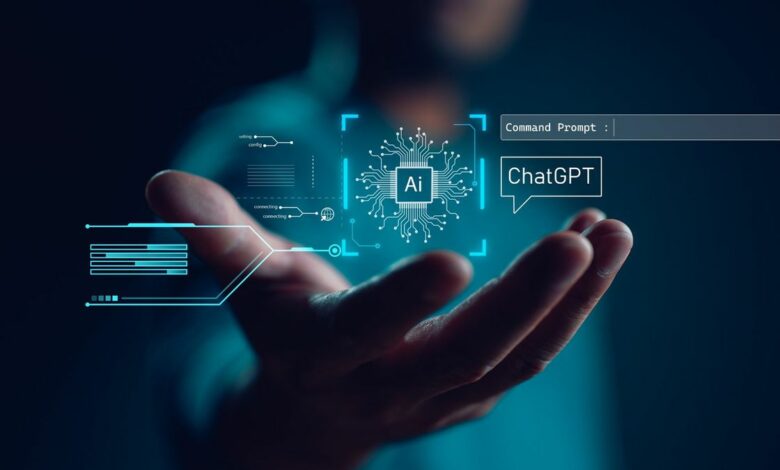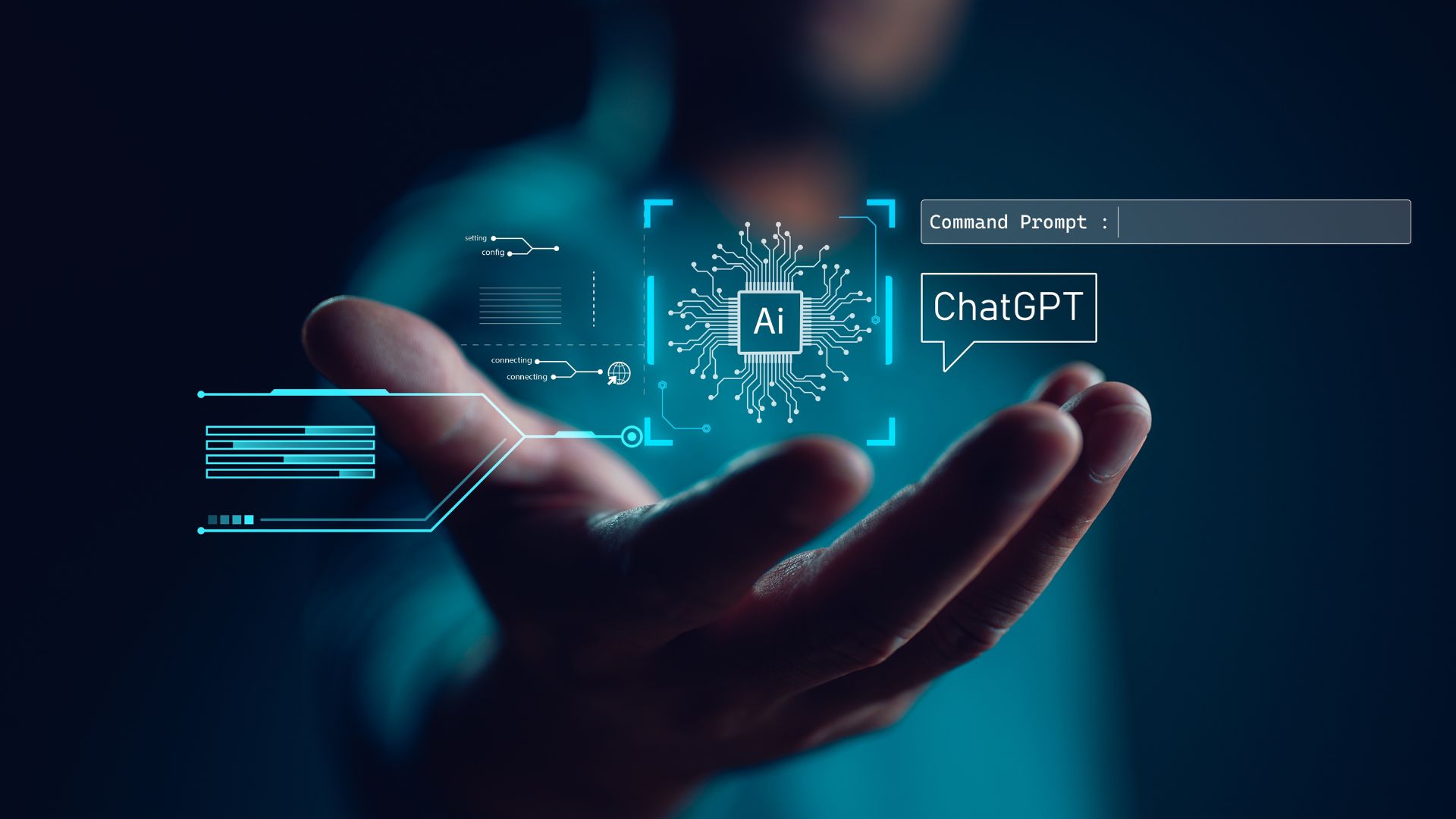With AIOps, IT has entered its own Minority Report era


The film industry is known for vividly depicting an imagined near future. Think humanoid robots (I, Robot), memory erasure (Eternal Sunshine of the Spotless Mind) or even life extension (Vanilla Sky). Inevitably, some images and predictions are way off; others, however, give viewers a glimpse of the technology to come.
While we still haven’t unlocked the full potential of fully automated cars or jetpack transportation, Steven Spielberg’s adaptation of the novel, Minority Report, has managed to correctly anticipate some aspects of the future – such as personalized digital advertising, iris recognition software and kinetic virtual interfaces. But subtly, the film’s most central theme has become its most progressive theme: technology that can predetermine.
Set in 2054, the sci-fi whodunnit imagines a world where a trio of “precognitive” people can foresee violent crimes before they are committed. Tom Cruise stars as a detective accused of ‘future murder’, with the story following his attempts to obtain the titular ‘report’, which is said to contain information integral to the incriminating prophecy.
In reality, it’s fair to say that we don’t tend to rely on psychics as credible sources for identifying impending problems. However, the film’s “pre-crime” measures share similarities with the ways we’re now using AI tools to protect our digital ecosystems — coincidentally bringing to life Gartner’s hunch that “there is no future of IT operations that doesn’t artificial intelligence for IT operations (AIOps)’.
Perhaps the contemporary relevance of the 22-year-old Minority Report is why a stage adaptation was launched in Britain this year…
Director, Solutions Engineering, UK and Ireland, at Riverbed Technology.
Back to reality
Today, IT managers have a big job to do. They are responsible for keeping their business operational and secure, while striving to continually improve the digital experiences (DEX) they provide.
IT leaders are expected to work with their teams to handle the flood of notifications and alerts that arise as a byproduct of managing large numbers of applications across unnecessarily complex digital domains. Additionally, they are also tasked with reviewing and resolving varying severity of incoming help desk tickets.
Market research shows that more than a third of managers (38%) feel overwhelmed by this increasing information burden. This shows that it is not uncommon for IT infrastructure to become so overloaded with data that it hinders operational efficiency and clarity.
This presents a challenge where IT teams need to seamlessly combine their time and people – but unfortunately the majority of companies do not have a full arsenal of Hollywood technology. The best way to tackle these problems is to get ahead of them.
“Now the system can work for you”
What today’s businesses need is software that can identify and resolve issues before they escalate into notifications, alerts or tickets. Or, to use a term from Minority Report: ‘precognitive’ technology.
AIOps can be that solution. There are platforms available in the market today that proactively manage IT operations on behalf of IT managers and their teams, taking the burden of resources and costs away from human labor and moving them toward digital autonomy. This allows the IT domain to function more self-sufficiently, allowing IT leaders to refocus on bigger issues, such as delivering superior DEX or maximizing commercial opportunities.
The added flexibility and freedom this allows IT managers is certainly why 45% of respondents in Riverbed’s Global DEX Survey identified AI as increasingly business-critical – the largest share of all new or established technologies expected to drive digital experiences will be reshaped over the next eighteen months.
“We see what they see”
Imagine a scenario where a respected retailer experiences increased digital traffic during peak hours. If their website doesn’t have the flexibility to meet this increased demand, they risk experiencing issues such as downtime or failed transactions. Likewise, the applications, devices and networks they depend on to deliver exceptional service in the store or in the customer contact center can also falter, with employees contacting support teams en masse. All in all, insufficient and outdated IT can impact their revenue, reputation and customer satisfaction.
This hypothetical organization could avoid these problems by embracing AIOps, which uses AI and machine learning to conduct a continuous assessment of performance metrics and network patterns – IT’s own “minority report card,” if you will. By analyzing the historical evidence they collect, these platforms can then identify anomalies and predict future problems, such as overloaded servers, disk space shortages, or application incompetence.
These “pre-visions” – to borrow more jargon from the film – provide the kind of data-driven insights that support the strategic interests of IT teams. Decision makers can rely on this additional end-to-end visibility to develop a comprehensive view of their organization’s digital vulnerabilities before focusing on the relevant changes. To make things even easier, many intelligent automation platforms can even implement these solutions without the need for human intervention.
A new era
By proactively uncovering new issues and automatically resolving them before they become active issues, AIOps relieves IT teams of the responsibility of finding and resolving these issues themselves. By leveraging these additional capabilities, companies can increase uptime and deliver accelerated network performance, delivering exceptional digital experiences to their customers.
Eliminating fallbacks for errors and avoiding digital downtime also significantly reduces the IT team’s workload. In this way, the additional security and efficiency that AIOps provides allows organizations to realize substantial cost savings.
While the advances we’ve made in the tech industry may not yet have realized Steven Spielberg’s full cinematic vision, the rise of advanced AIOps has ushered in IT’s own Minority Report era.
Not only will businesses experience improved network reliability, but their newfound time, money and resources can now be reallocated to embracing the next phase of digital innovation – whatever that may be.
We list the best workstations.
This article was produced as part of TechRadarPro’s Expert Insights channel, where we profile the best and brightest minds in today’s technology industry. The views expressed here are those of the author and are not necessarily those of TechRadarPro or Future plc. If you are interested in contributing, you can read more here:




